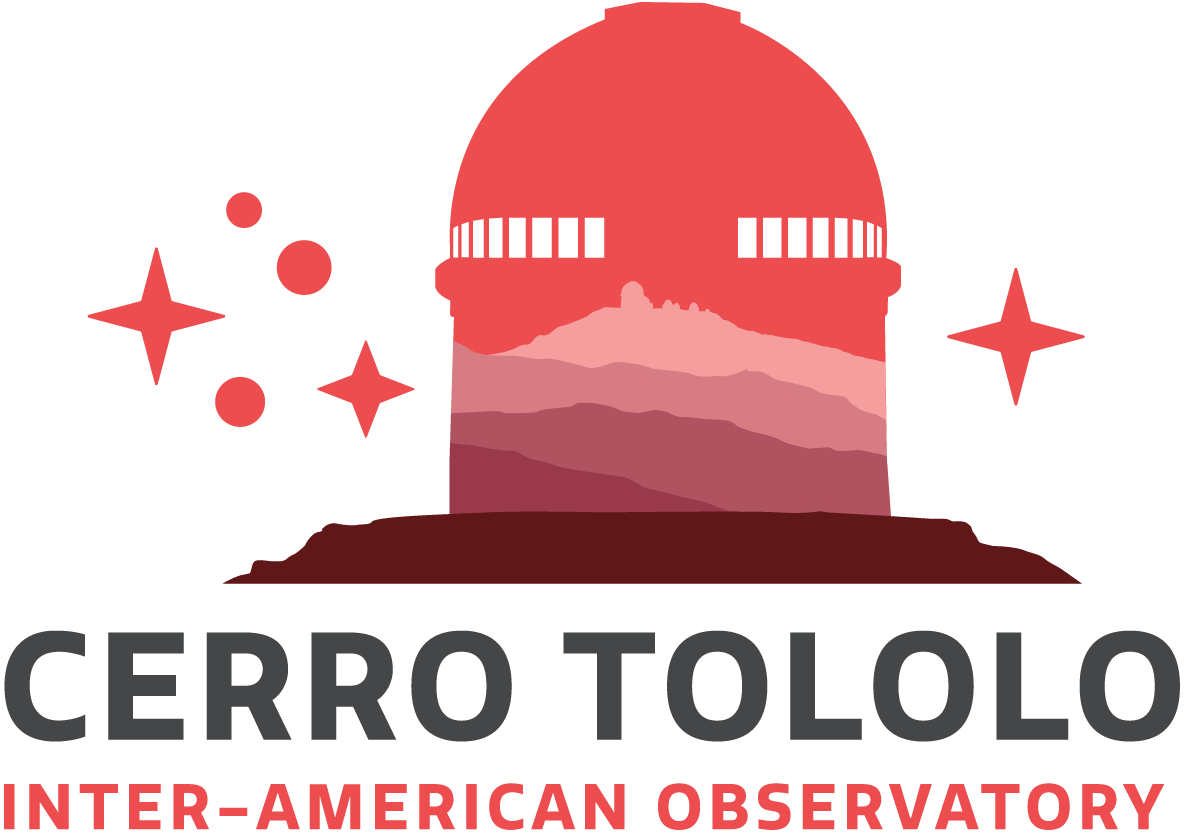NOAO: Compact Galaxy Groups Reveal Details of Their Close Encounters
18 December 2014
Galaxies – spirals laced with nests of recent star formation, quiescent ellipticals composed mainly of old red stars, and numerous faint dwarfs – are the basic visible building blocks of the Universe. Galaxies are rarely found in isolation, but rather in sparse groups – sort of galactic urban sprawl. But there are occasional dense concentrations, often found in the center of giant clusters, but also, intriguingly, as more isolated compact groups (and yes, called Compact Galaxy Groups or CGs). The galaxies in these Compact Groups show dramatic differences in the way they evolve and change with time compared with galaxies in more isolated surroundings. Why is this? Collisions between galaxies in these dense groups are common, leading to rapid star formation, but there seems to be more to the puzzle.
A team led by Dr Iraklis Konstantopoulos of the Australian Astronomical Observatory (AAO) has now obtained spectacular images of some CGs with the Dark Energy camera attached to the Blanco 4-meter telescope at the Cerro Tololo Inter-American Observatory (CTIO). This camera, constructed at the U.S. Department of Energy’s Fermi National Accelerator Laboratory, is able to image large areas of the sky to unprecedented faint limits. The team aims to combine these images with spectroscopic data from the AAO that will reveal the velocities of the galaxies, leading to a much better understanding of their gravitational interactions.
As Dr. David James (CTIO), who planned and obtained the images said, “The new images are absolutely brilliant, and reveal faint streams of gas and stars called tidal tails, created in the mutual gravitational interaction when two galaxies suffer a close encounter.” The tails, one preceding and one trailing the galaxy, persist long after the encounter, and allow the astronomers to calculate how long ago the event took place. The Dark Energy Camera, which can image a field four times the size of the full moon, is able to record these faint tidal tails, and the camera’s wide field will uncover unexpected surprises.
“The imagery reveals the assembly history of these galaxies living so close to each other via their previous interactions,” Dr Konstantopoulos said. “We look for stretched out tidal debris tails and roughly determine their ages. The time when interactions created the tidal debris and the arrangement of those ‘fossils’ tell us which galaxies interacted, and when.”
Not all CGs are alike: in some, the gas is contained within the individual galaxies, while in other groups the gas spreads out among the galaxies. These new data will allow astronomers to untangle the physical mechanism that leads to such differences.
Another new exploration is the census of faint dwarf galaxies. As their name implies, these are minor galaxies in comparison with giant ellipticals and spirals, but they are especially numerous, and the new data will reveal how many are lurking in these Compact Groups.
More information
The international team consists of astronomers at CTIO (a division of the National Optical Astronomy Observatory), the Australian Astronomical Observatory (the counterpart to the NOAO in Australia), and Monash University in Melbourne.
NOAO is operated by Association of Universities for Research in Astronomy Inc. under a cooperative agreement with the National Science Foundation.
Contacts
Dr. David James
Cerro Tololo Inter-American Observatory
Casilla 603 La Serena, CHILE
Email: djj@ctio.noao.edu
About the Release
| Release No.: | noao1407 |
| Legacy ID: | NOAO 14-08 |
| Name: | HCG 07 |
| Facility: | Víctor M. Blanco 4-meter Telescope |
| Instruments: | DECam |



